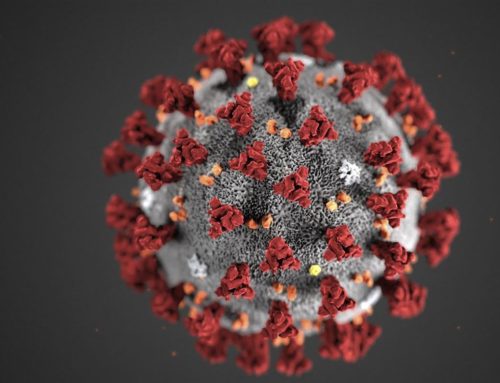Our body’s first line of defense to any sort of “foreign invader” is a strong and healthy immune system. If this is the case, the body may be able to eliminate the problem all together with little to no bodily symptom. However, if symptoms of infection do occur the body will activate “reinforcements”; most notably a raise in body temperature, or a fever.
For all children above the age of 3 months, a fever is actually a good thing. It’s a sign that their immune system is functioning properly. Although many parents will panic when their child has a temperature above 98.6 F, the reality is that a child’s temperature may naturally run a bit higher that what is considered the “norm”.
A true low-grade fever is anything between 100 and 102 F. This temperature is actually beneficial and will assist the body in repelling the “invader”.
A moderate-grade fever is anything between 102 and 104.5 F. This temperature, although higher than what most parents and even some physicians think is safe, is still considered beneficial. It’s what’s needed to kill whatever bacteria the body has deemed not beneficial.
A high fever is one that is greater than 104.5 F. This may cause the child some discomfort and result in a bit of “crankiness”. This temperature is generally indicative of a bacterial infection and means the body is dealing with something a bit more than the common cold. Although it will NOT cause brain damage, it is wise to seek the assistance of a licensed health care provider.
A serious fever is one that is at or above 108 F and this is the only body temp that can actually cause brain damage. This type of body temperature can rarely be achieved on its own and typically requires extreme environmental temperatures.
Now…on to the good stuff. What to do about your child’s fever. A fever will generally accompany sudden decrease in white blood cells (white blood cells help fight infection). The single biggest cause of decreased WBCs is white sugar intake. Have you ever wondered why it’s common for fevers to follow birthday parties with lots of cake and ice cream?
Any sort of white sugar intake will affect calcium metabolism, so the first thing to do is give them a highly absorbable form of calcium. Examples of absorbable calcium would be, lactate, citrate or glycerophosphate. A big key to getting the calcium into our cells is to also use a source of fats, preferably flax seed oil (vitamin F). This will “push” the calcium into the cells and the WBC count will rise. Do not be afraid to use high doses of calcium. Many times dosing it every 30 minutes can be necessary.
This would be considered the most important recommendation in the acute situation. Other aspects can be interpreted as more preventative and would be vitamins A and C, thymus extract, and if the child is over the age of 7 some herbal remedies like Echinacea can be helpful.
If your child is prone to random fevers, the likelihood of a food allergy is high. Excessive dairy intake should be taken into consideration and removed from the diet.

